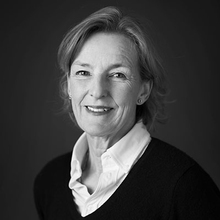Feodor (Fedot) Vasilievich Sychkov
Winter scene with three friends
Signed F. Sychkov in Cyrillic and dated 1923. Canvas 64 x 73 cm.
Alkuperä - Provenienssi
According to information given acquired by Mr Einar Wulfsberg, the great grandfather of the present owner, in Lodon in the 1920s.
Thence by descent in the family.
Muut tiedot
Fedot Vasilyevich Sychkov (1870-1958) is often called the “poet of the Mordovian peasantry.” His paintings are filled with inimitable sincerity and joy.
Sychkov grew up in the provinces of Mordovia. He lost his father at the age of 12 and life was hard. Thanks to his grandmother, who saw talent for drawing, he was allowed to attend drawing lessons. This led to apprenticeships and higher education at the St. Petersburg Drawing School and the Academy of Arts. To support himself he painted church murals, icons and portraits. Success came slowly, and like many of his contemporary artist friend he ventured abroad. Sychkov travelled to Italy, France and Germany. He was eventually awarded at various exhibitions not only in Russia but also in San Luis, USA and six times in Rome, Italy. Upon returning from abroad, he settled in his native village in Mordovia.
The phenomenon of Sychkov as a painter is a loyalty to one theme – the everyday lives and friendships in a Mordovian village, passed through the prism of his artistic vision. Modern villagers had abandoned the traditional clothing in everyday life, but Sychkov portrayed his models in the traditional dress, bright scarves, and beads.
The vast geography of exhibitions and the enormous popularity of Fedot Sychkov among both Russian and foreign art lovers has led to the fact that the whereabouts of many of the artist’s pre-revolutionary village paintings are now unknown.
























































